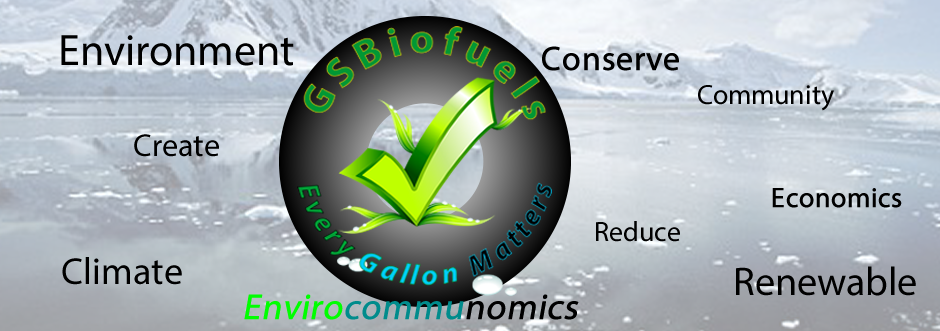According to the European Union’s Copernicus Climate Change Service (C3S), 2024 is highly likely to be the warmest year on record and to breach the 1.5 degree Celsius limit outlined in the Paris Agreement.
The Paris Agreement’s 1.5 degree Celsius target refers to limiting global warming to no more than 1.5 degrees Celsius higher than the global average temperature in pre-industrial times. This target was established by scientists to limit catastrophic impacts of climate change.
Many countries have set climate targets, including net-zero emissions goals, to reduce emissions by 2050 as outlined by the Paris Agreement. But scientists now warn we are on track to breach the 1.5 degree Celsius limit for 2024, the first time this has happened for a calendar year.
However, Earth has already experienced a global average temperature of 1.5 degrees Celsius higher than pre-industrial times for 12 consecutive months. From February 2023 through Jan 2024, the temperature was 1.52 degrees Celsius higher than the global average temperature from 1850 to 1900.
Further, the global average temperature again breached the threshold for 12 consecutive months from June 2023 through May 2024, when the global average temperature was above 1.63 degrees Celsius.
Now, 2024 could be the first calendar year, meaning from January 1 to December 31, to surpass 1.5 degrees Celsius of warming compared to pre-industrial global temperatures, and it’s set to be the hottest on record based on data from January through October of this year.
According to C3S, October 2024 saw a global average temperature 1.65 degrees Celsius higher than pre-industrial levels, and it was the 15th month of a 16-month time period when surface air temperatures were at least 1.5 degrees Celsius higher than pre-industrial levels.
As National Oceanic and Atmospheric Administration reported, 2023 was the hottest year since records began in 1850. Data from C3S confirmed that for the first 10 months of 2024, temperatures were 0.16 degrees Celsius higher than the same time period in 2023.
“It is now virtually certain that 2024 will be the warmest year on record,” C3S said. “The average temperature anomaly for the rest of 2024 would have to drop to almost zero for 2024 to not be the warmest year.”
The findings come at a critical time, just ahead of COP29 climate conference and following the U.S. election of Donald Trump to the presidency.
“This marks a new milestone in global temperature records and should serve as a catalyst to raise ambition for the upcoming Climate Change Conference, COP29,” Samantha Burgess, deputy director of C3S, said in a press release.
But already, many leaders of some of the biggest economies of the world are skipping COP29, which starts on November 11.
Trump’s presidency could further hinder climate progress, as his policy stances include supporting domestic fossil fuel production. During his last presidency, references to climate change on government websites were removed, and he rolled back more than 200 climate and environmental regulations, Grist reported. In 2019, he withdrew the U.S. from the Paris Agreement, which the Biden administration rejoined in 2021. Trump has already said he would again remove the U.S. from the accord, as Scientific American reported.
The post 2024 Likely to Breach 1.5°C Threshold for First Time and Be Earth’s Warmest Year on Record: C3S Report appeared first on EcoWatch.




